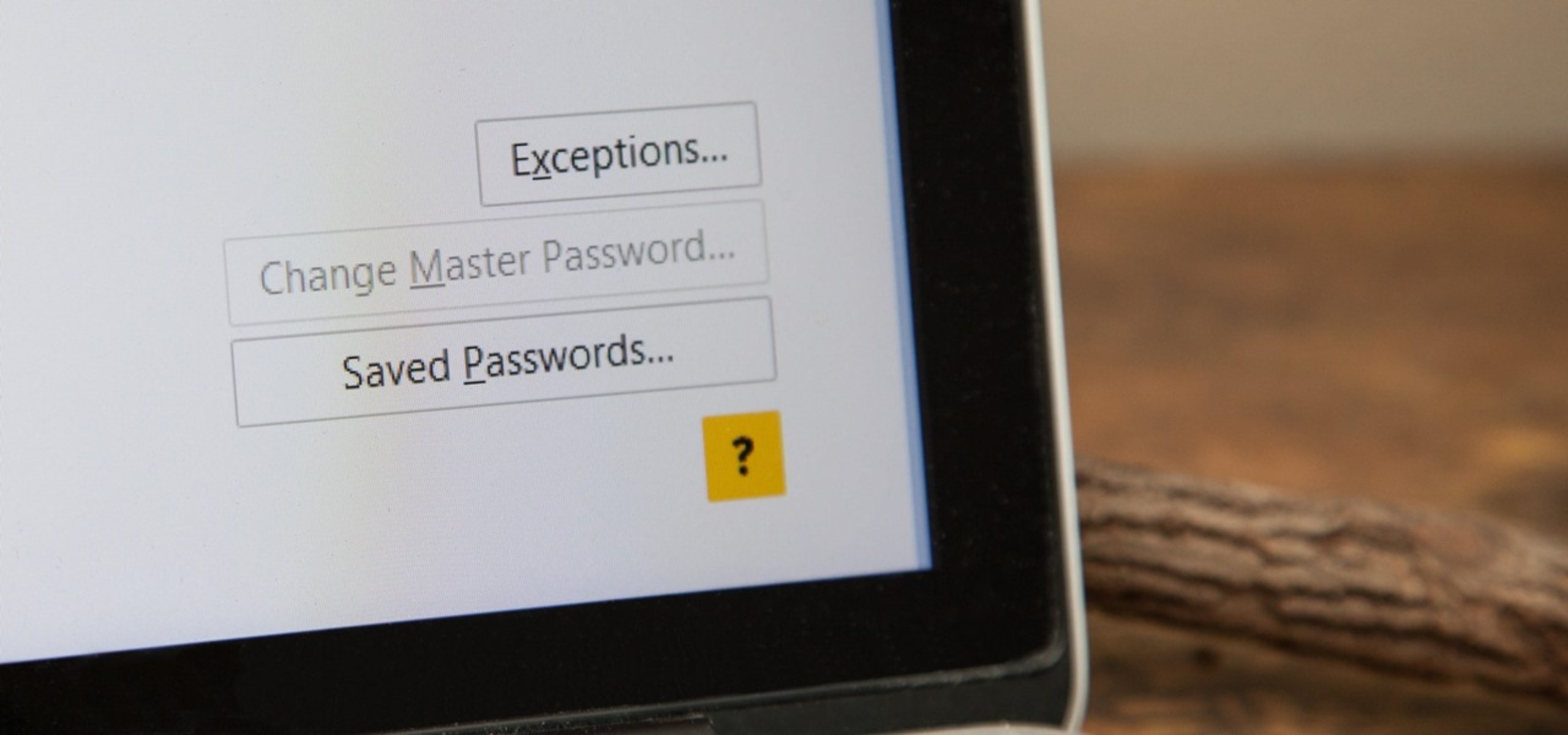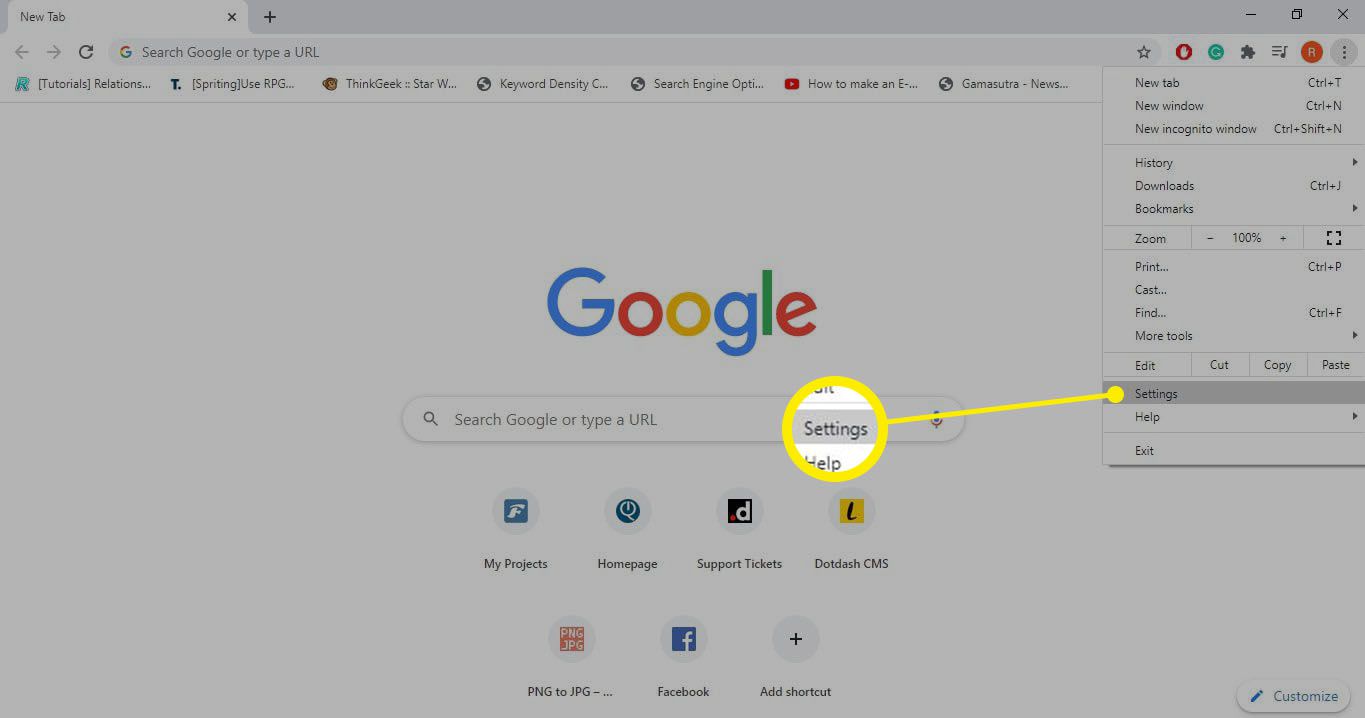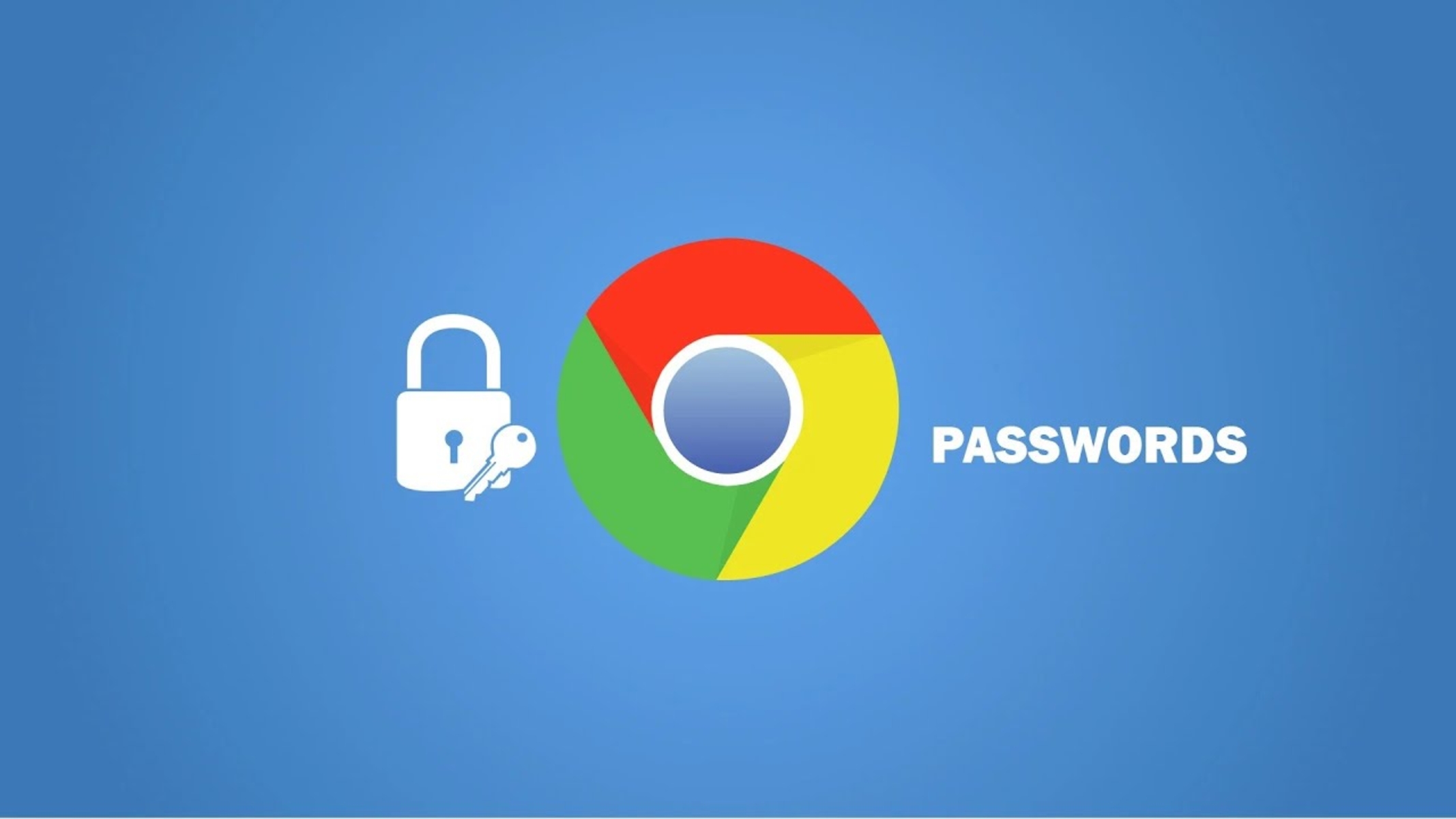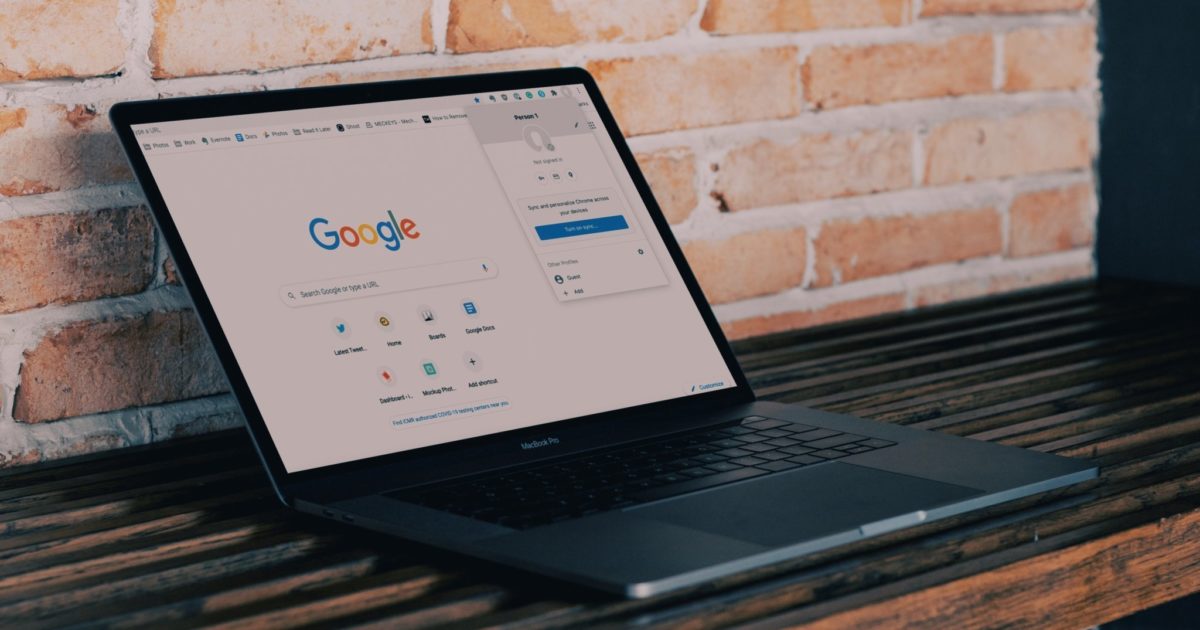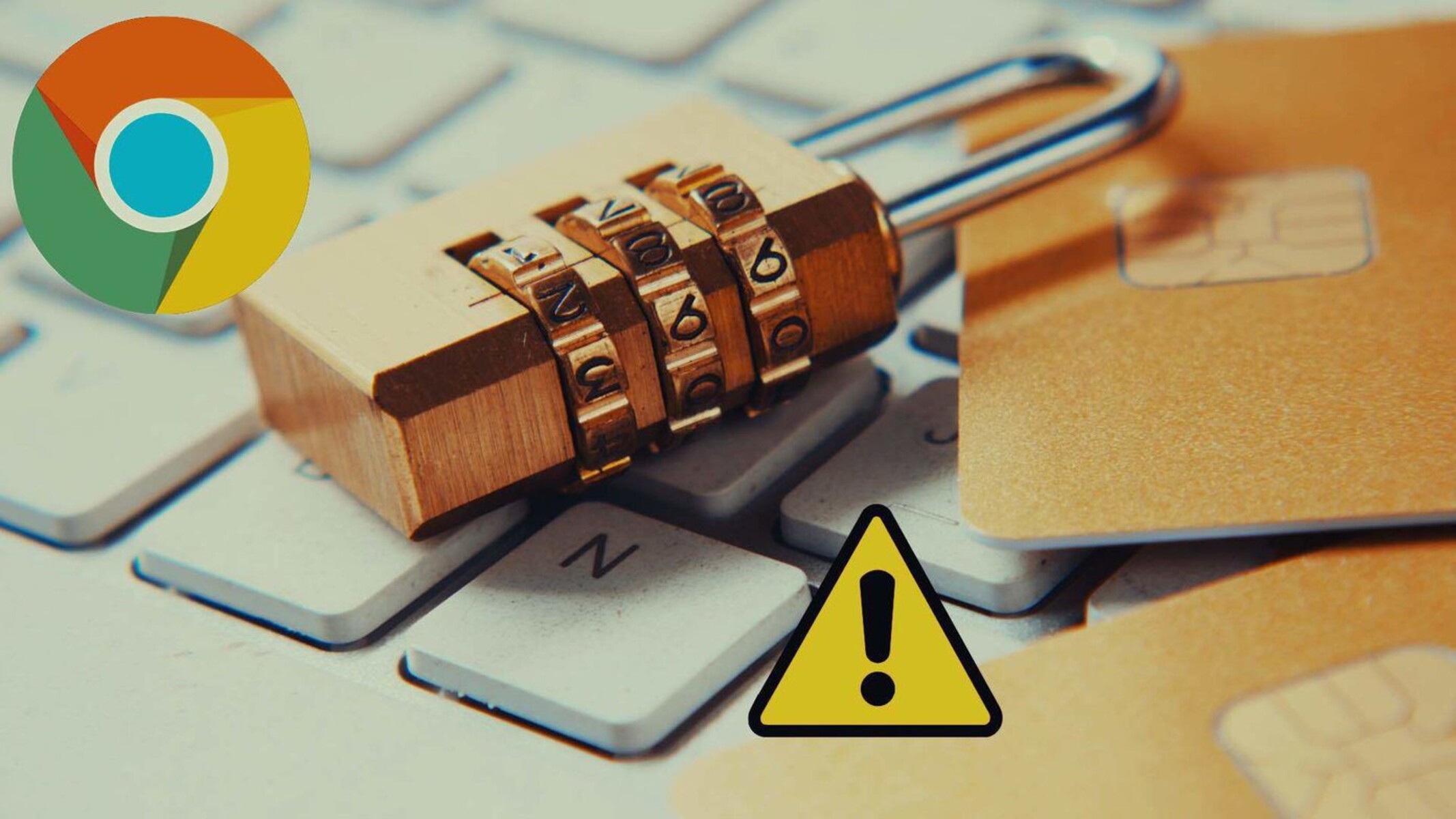Introduction
In today's digital age, where online security is paramount, managing passwords across multiple devices can be a daunting task. Fortunately, web browsers like Chrome offer a convenient solution through password syncing. This feature allows users to seamlessly access their saved passwords and login credentials across various devices, ensuring a hassle-free and secure browsing experience.
Chrome's password syncing functionality is part of its broader synchronization feature, which also encompasses bookmarks, browsing history, and other settings. By enabling password syncing, users can enjoy the convenience of having their login information readily available on any device with Chrome installed, be it a desktop, laptop, or mobile device.
In this article, we will delve into the intricacies of setting up and utilizing Chrome's password syncing feature. From the initial setup process to managing and troubleshooting potential issues, we will provide a comprehensive guide to help you make the most of this invaluable tool.
Whether you're a seasoned Chrome user or just getting started with the browser, understanding how to sync passwords on Chrome can significantly streamline your online activities. So, let's embark on this journey to explore the seamless world of password syncing on Chrome and unlock the full potential of this indispensable feature.
Setting Up Chrome Sync
Setting up Chrome sync is a straightforward process that allows users to seamlessly access their browsing data, including passwords, across different devices. To initiate this convenient feature, follow these simple steps:
-
Access Chrome Settings: Open Chrome on your device and click on the three-dot menu icon located in the top-right corner of the browser window. From the dropdown menu, select "Settings" to proceed to the next step.
-
Sign into Chrome: Within the Settings menu, scroll down to find the "Sign in" section. If you are not already signed in, click on "Sign in to Chrome" and enter your Google account credentials. If you don't have a Google account, you can create one by selecting "Create account" and following the prompts.
-
Enable Sync: After signing in, navigate to the "Sync and Google services" section within Chrome Settings. Here, you can enable the sync feature by toggling the switch next to "Sync everything" or selecting specific data types, such as passwords, from the available options.
-
Verify Sync Settings: To ensure that passwords are included in the sync, click on "Manage sync" and verify that the "Passwords" option is enabled. This step ensures that your saved passwords will be synchronized across your devices.
-
Confirmation: Once you have completed the above steps, Chrome will begin syncing your browsing data, including passwords, to your Google account. This means that any passwords saved on one device will be accessible on all other devices where you are signed in with the same Google account.
By following these steps, you can seamlessly set up Chrome sync and ensure that your passwords are securely stored and accessible across your devices. This streamlined process empowers users to enjoy a consistent browsing experience while maintaining the security of their login credentials. Whether you're using Chrome on a desktop, laptop, or mobile device, the convenience of synced passwords enhances your overall browsing efficiency and security.
Syncing Passwords on Chrome
Syncing passwords on Chrome is a seamless process that offers users the convenience of accessing their saved login credentials across multiple devices. Once Chrome sync is set up, passwords stored in the browser are securely encrypted and synchronized with the user's Google account. This ensures that passwords are readily available whenever and wherever the user signs in to Chrome with the same Google account.
When a user saves a password while browsing on Chrome, whether it's for a website, application, or service, the password is encrypted and stored securely. By enabling password syncing, these encrypted passwords are then synchronized across all devices where the user is signed in to Chrome. This means that when a user saves a new password on one device, it becomes accessible on all other devices linked to the same Google account.
The process of syncing passwords on Chrome is not only convenient but also enhances security. Users no longer have to manually transfer or remember their login credentials for different websites and services on each device. Instead, Chrome takes care of this by securely syncing the passwords, thereby streamlining the login process and reducing the risk of forgetting or losing access to important accounts.
Furthermore, Chrome's password syncing feature is designed with robust security measures to protect users' sensitive information. The encrypted passwords are securely stored in the user's Google account, ensuring that they remain inaccessible to unauthorized individuals. This encryption and synchronization process adheres to stringent security standards, providing users with peace of mind regarding the confidentiality and integrity of their saved passwords.
In addition to the convenience and security benefits, syncing passwords on Chrome also fosters a seamless browsing experience. Whether switching between a desktop, laptop, or mobile device, users can effortlessly access their saved passwords without the need for manual input or retrieval. This not only saves time but also contributes to a more efficient and user-friendly browsing environment.
In essence, syncing passwords on Chrome is a valuable feature that aligns with the modern user's need for convenience, security, and efficiency. By leveraging this functionality, users can enjoy the peace of mind that comes with securely accessing their passwords across various devices, ultimately enhancing their overall browsing experience.
Managing Synced Passwords
Managing synced passwords on Chrome empowers users to maintain control and organization over their saved login credentials across multiple devices. Once passwords are synced with a user's Google account, it becomes essential to understand how to effectively manage and utilize this valuable feature.
Accessing Synced Passwords
Upon successful syncing of passwords, users can easily access their saved login credentials within Chrome's settings. By following these steps, users can view and manage their synced passwords:
-
Access Chrome Settings: Open Chrome and click on the three-dot menu icon in the top-right corner. From the dropdown menu, select "Settings."
-
Navigate to Passwords: Within the Settings menu, locate and click on "Passwords" under the "Autofill" section. This will display a list of saved passwords associated with the user's Google account.
-
View and Manage Passwords: Users can view their saved passwords, along with the corresponding website or application, username, and the option to reveal the password. Additionally, users can delete or edit saved passwords as needed.
Organizing and Editing Passwords
Chrome provides users with the flexibility to organize and edit their synced passwords, allowing for seamless management and customization. Here's how users can organize and edit their synced passwords:
-
Organize Passwords: Users can categorize and organize their saved passwords by utilizing the "Search passwords" feature or creating custom folders to group related credentials. This organizational approach enhances accessibility and streamlines the management of multiple passwords.
-
Edit Saved Passwords: In the event of a password change or update, users can easily edit their saved passwords within Chrome's settings. By selecting a specific saved password, users have the option to edit the associated username and password, ensuring that the synced information remains accurate and up to date.
Security and Privacy Considerations
As users manage their synced passwords, it is crucial to prioritize security and privacy. Chrome offers robust security measures to safeguard synced passwords, and users can further enhance security by:
- Enabling Two-Factor Authentication (2FA) for their Google account to add an extra layer of protection.
- Regularly reviewing and updating passwords to maintain strong and unique credentials for each website or service.
By effectively managing synced passwords on Chrome, users can optimize their browsing experience while upholding the security and integrity of their login credentials. This proactive approach to password management ensures that users can confidently access and utilize their synced passwords across various devices, contributing to a seamless and secure online experience.
Troubleshooting Sync Issues
While Chrome's password syncing feature is designed to streamline the accessibility of saved passwords across devices, users may encounter occasional sync issues that can disrupt this seamless experience. Understanding how to troubleshoot these issues is essential for maintaining the functionality and security of synced passwords. Here are some common troubleshooting steps to address sync issues:
Check Internet Connection
A stable internet connection is crucial for syncing data, including passwords, across devices. If sync issues arise, ensure that the device is connected to a reliable network. Troubleshooting network connectivity issues, such as router resets or switching to a different network, can help resolve sync problems related to internet connectivity.
Verify Sync Settings
In some cases, sync issues may stem from misconfigured settings. Users should verify that the sync feature is enabled and that passwords are included in the synchronization process. Accessing Chrome's settings and reviewing the sync options can help identify and rectify any discrepancies in the sync settings.
Clear Cache and Cookies
Temporary data stored in the browser's cache and cookies can occasionally interfere with the sync process. Clearing the cache and cookies within Chrome's settings can help eliminate potential obstacles to syncing passwords and other data. This action refreshes the browser's data storage, potentially resolving sync issues.
Update Chrome
Outdated browser versions can contribute to sync issues. Ensuring that Chrome is updated to the latest version can address potential compatibility issues and introduce fixes for known sync-related bugs. Users should regularly check for and install available updates to maintain the optimal performance of Chrome's sync functionality.
Reauthorize Device
If sync issues persist, reauthorizing the device within Chrome's settings can reestablish the connection and resolve synchronization discrepancies. By removing the device from the list of synced devices and reauthorizing it, users can prompt a fresh synchronization process, potentially resolving underlying sync issues.
Contact Support
In cases where troubleshooting steps do not resolve sync issues, users can reach out to Chrome's support resources for further assistance. Chrome's support channels, including online forums and help documentation, offer valuable insights and guidance for addressing complex sync-related issues.
By proactively addressing sync issues through these troubleshooting steps, users can maintain the integrity and functionality of Chrome's password syncing feature. This proactive approach ensures that synced passwords remain accessible and secure across devices, contributing to a seamless and reliable browsing experience.







